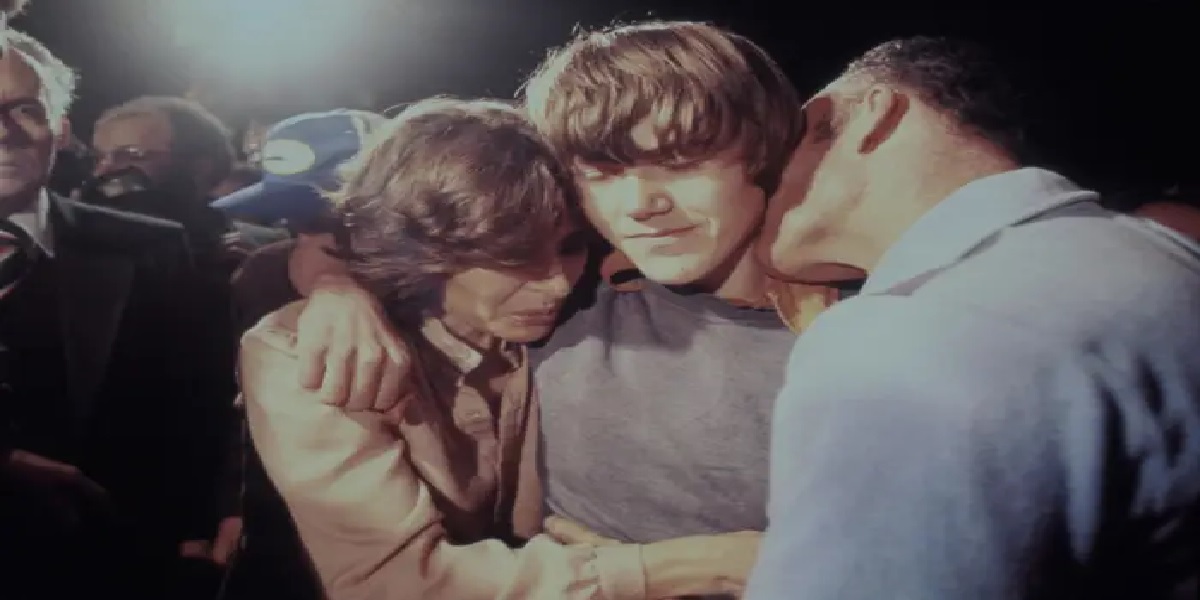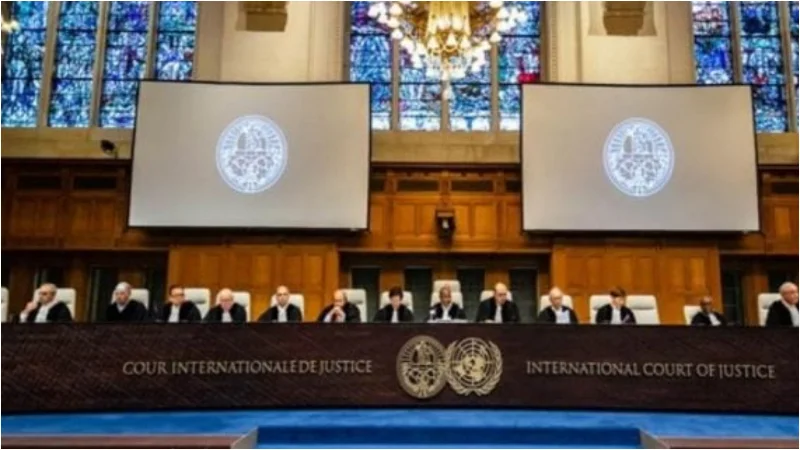True American horror story; Read here
In the ’80s, the narrative of Steven Stayner’s childhood kidnapping and rescue bolted the country.
One December evening in 1972, 7-year-old Steven had been heading back home in Merced, California. He was forced into a stranger’s vehicle with the promise of a ride home.
Stayner was held by Kenneth Parnell, an ex-convict of child sexual abuse, in Mendocino County for the following seven years. He was given another name and life, and gaslit into blanking out all memories of his loved ones.
In 1980, Parnell abducted another kid, Timothy White. Stayner managed to escape, catching a ride to the police headquarters with White. “I remember my name to be Steven,” he wrote in his articulation to the police.
The salvage story pushes Stayner and his family into the spotlight. That impactful line from his statement even turned into the name of a blockbuster 1989 NBC TV miniseries.
Then 10 years after the fact, in one of the most far-fetched turns in the records of genuine wrongdoing, the Stayner name stood out as truly newsworthy again. While a series of murders in Yosemite caught public attention. The culprit was Cary Stayner, Steven’s elder sibling.
Stayner’s 1972 kidnap was initially dealt with like a common news about each parent’s terrible fear. His mom, Kay, had been late to get him at school. So rather than strolling securely home, he disappeared. The media covered Stayner’s vanishing at that point. Also talked about it once in a while on commemorations. Yet as the years went by, it appeared to be doubtful and less likely that he would be found.
Until after Parnell kidnapped 5-year-old Timothy White. Stayner held on until Parnell was gone one night to break out and assist White to prevent him from having the same fate. Whenever the story made the press, Stayner turned into a public legend. The series incorporates authentic film of the police question and answer session about White’s rescue. And along with that Stayner’s reunion with his family became inspiring morning news content.
We don’t get Steven’s contemporary point of view on what those years resembled in Mendocino. He kleft the world later in a bike accident in 1989. Yet, a previous schoolmate who went to middle school with him explained how he strolled the hallways in a slouched way that uncovered how much torment he was in. Different classmates review the teen approaching medications and liquor.
Without Stayner’s point of view, however, we have no way of knowing his experience as a child sexual abuse victim. In the interviews we see, Stayner has a sort of frightful smoothness. At that point, youth sexual abuse wasn’t commonly discussed topic. And Stayner’s relatives additionally appear to not be able to unequivocally accept the incident of the abuse; for example, Kay vaguely refers it as “what occurred,” and his sister, Cory Stayner, says she wished she hadn’t gotten information about what had happened given the grim depictions.
One considers what it resembled for Stayner as neighborhood journalists chased after him to his most memorable day back at school after his reintegration with his family. And afterward covered Parnell’s court trials. All things considered, he decided to be a character for I Know My First Name Is Steven. His mom says she thought it was an ill-conceived notion, however she brings up that he was hitched by then, at that point, and required cash.
The creation of the NBC TV miniseries is enmeshed in both the narrative and the family’s own recollections of the occasions. We hear tapes of the authors and chief planning about how to recount to the family’s story inside the shows of organization TV, and the entertainers who played Steven and Cary reenacting a portion of the scenes and records with producers.
There’s a convincing quality to the entertainers’ interpretations and the present-day responses to the story. And the narrative’s mixing of the genuine and the televisual features that went into retelling the story. Kay and Cory Stayner review that the film made the family more average workers than they really were, and we hear the chief discussion about adding show to the story by making Stayner’s dad, Del, all the more detached and Kay more passionate.
The two-section series, wherein Stayner himself played a cop associated with the rescue, was watched by 40 million Americans. Furthermore, behind the scenes of this was Stayner’s more seasoned sibling, Cary.
Yet, as it abandons Steven Stayner’s story to Cary’s killings, it turns less exploratory about real events and more into a more direct criminal story.
The 1999 homicides of four ladies close to Yosemite National Park were at that point an issue on everyone’s mind before Cary Stayner admitted in a FBI interview. The series attempts to interface Cary’s story specifically to the job of media, accentuating a columnist’s case that Cary’s thought process in the killings was needing his own film of the week.
Engaged Audience features how Cary had rough dreams about ladies from an early age and incorporates FBI film of Cary admitting to his violations. Wrongdoing host John Walsh shows up in TV film discussing how chronic executioners could appear to be beguiling or innocuous however says that “they’re extremely odd individuals.”
That foregrounding of individual psychopathology in making sense of criminal demonstrations is the more ordinary, dramatist genuine wrongdoing road. A moderation subject matter expert, entrusted with contextualizing Cary’s life for his safeguard at preliminary, contends that Cary was agonizingly bashful and experienced psychological well-being battles. He makes sense of that he had a record of habitual hair pulling, mental meltdowns, and looking for help and getting none.
In an onscreen trade, Kay Stayner will not discuss Cary by any stretch of the imagination. Here and there, this anecdote about the tales a family advises itself to endure gets more muddled than the narrative’s flawless bundling can endure. There was a supposed history of attack in the Stayner family that the producers don’t actually address, which is maybe obvious given the family’s broad interest. In any case, the three episodes are compellingly bound together by the accentuation on the family’s recognitions, and their encounters living in the shadow of the family legend around Steven’s story.
Furthermore, eventually, not such a lot of the violations reverberate, yet Kay Stayner’s words and tormenting aloofness. “I make a good attempt to recollect the manner in which it worked out,” she says at the end, indicating how media stories and genuine mix into one another. “I lose track,” she says. “You’re continuously living it, you’re continuously remembering it. Life proceeds and that is all there is to it.”




















